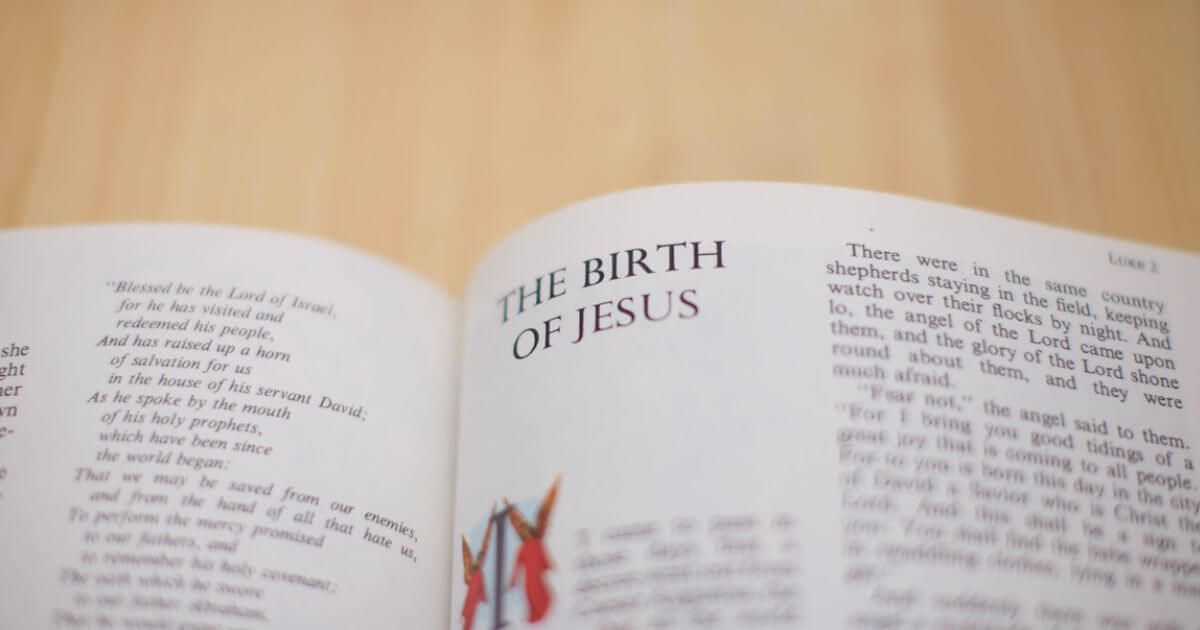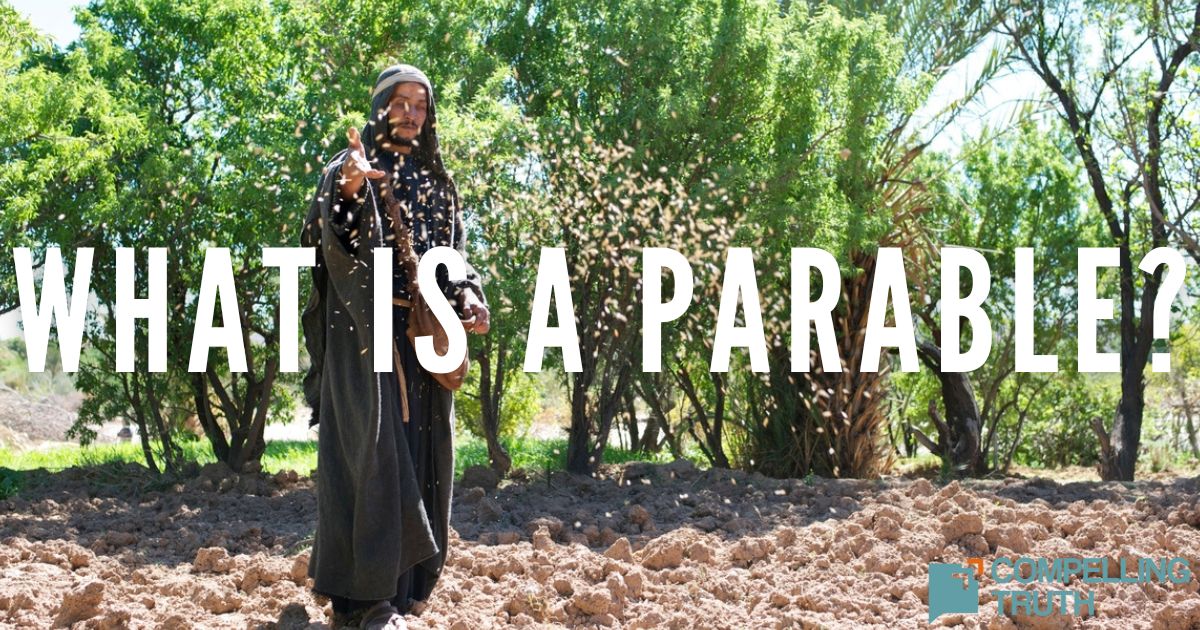An allegory is a literary tool that uses characters, places, and events to symbolize people and ideas. The Bible contains allegories as well. The goal of the allegory is to make abstract spiritual concepts more concrete and understandable. Most frequently in the Bible, we see allegory in Christ's parables. There are also many non-literary allegorical symbols in the Bible that are brought to life through tradition and ritual. For example, the act of sacrificing an animal, such as a lamb or sheep, was a symbolic foreshadowing of how Jesus would be sacrificed for our sins. The Old Testament animal sacrifices were prefiguring the eventual sacrifice and death of Christ.
There are many well-known allegorical works in the literary canon, such as George Orwell's Animal Farm and Jonathan Swift's Gulliver's Travels. In these texts, allegory provides a lens through which we can critically examine cultural, religious, and political ideas. Yet, allegory isn't always critical; it is often employed to convey spiritual or moral truths within a narrative. Prominent Christian allegorical literature includes John Bunyan's The Pilgrim's Progress and C.S. Lewis's The Chronicles of Narnia. When truth is embodied in characters or extended metaphors, it becomes more accessible, making allegory an effective tool for communicating biblical principles.
While the ceremonial laws outlined by Moses in the Old Testament are not allegories in themselves, they can be seen as a broader allegory of God's people setting themselves apart from the ways of the world. Allegory can also shed light on historical events that might otherwise seem to lack deeper meaning. For instance, in Galatians 4, Paul interprets the story of Abraham, Sarah, and Hagar as an allegory for the Old and New Covenants. Through this allegory, Paul reveals that we are free in Christ under the New Covenant, contrasting with the bondage of the Old Covenant. This deeper understanding of bondage and freedom becomes clearer when applied to a historical event, where spiritual truths are symbolized through historical figures.
As the Great Storyteller, God uses a variety of storytelling devices to communicate with us. Allegory enriches Scripture by adding layers of meaning behind certain words and narratives. Every method God uses to speak to us ultimately serves to magnify His glory. The foreshadowing and recurring themes produced by allegory are another way for God to astound us, drawing us closer to understanding and recognizing Him.




